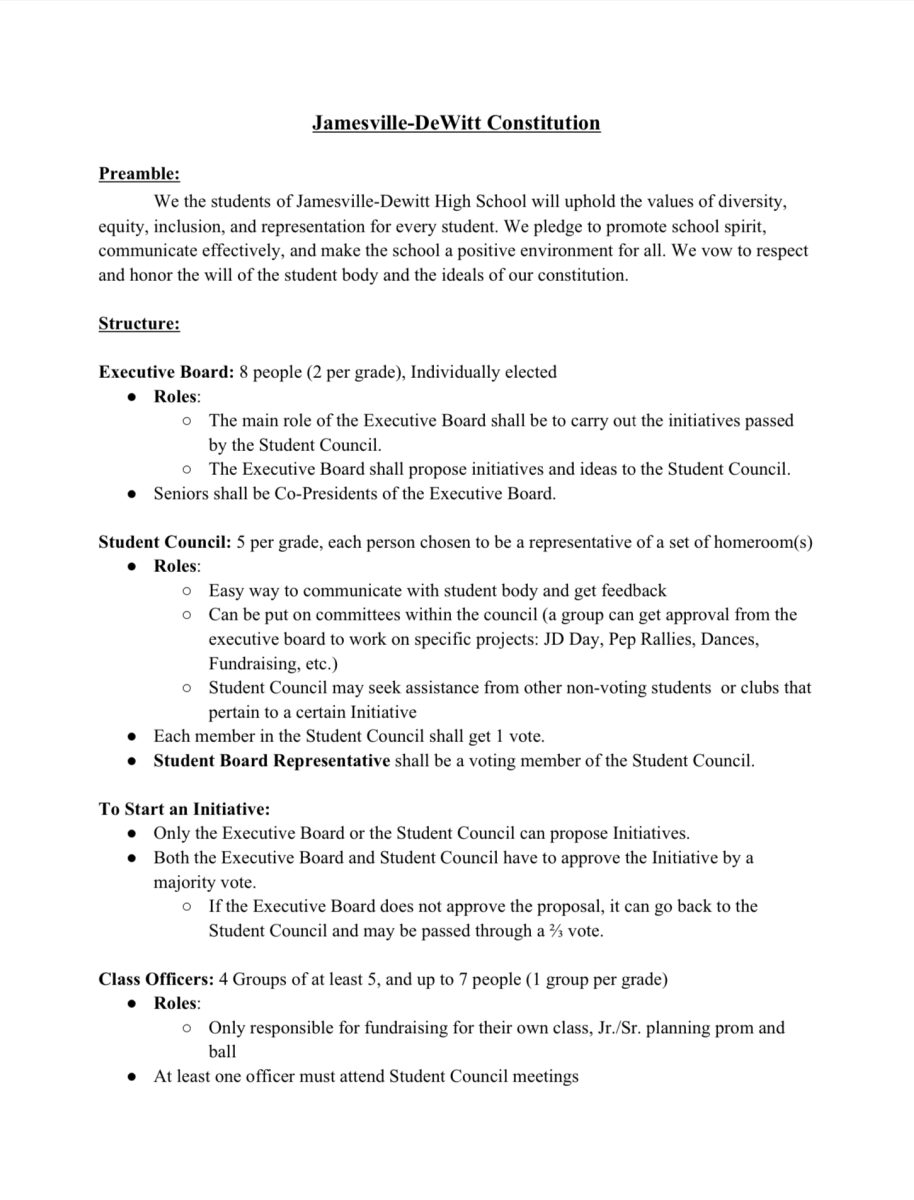By Grace Evans, Theresa Grosso and Mara Durkin
The use of electronic cigarettes has risen dramatically in the past decade, and has had immense impact on our society. Electronic cigarettes are battery-powered devices with cartridge inserts. These cartridges dispense a vapor consisting of nicotine and other additives when inhaled into the lungs by the user.
In 2003, E-cigarettes were invented in China by a Beijing pharmacist, Hon Lik. Cigarette smokers seeking to quit have turned to these devices, as they are considered to be “safer”. Even though the devices don’t have tobacco, they still have nicotine and can be addictive and harmful towards one’s health. Not only do adults use these devices, teenagers have also gotten ahold of them. By 2014, E-cigarettes were the most commonly used vape product amid United States minors.

Many teenagers are using the products from one of the most popular e-cigarette companies, JUUL. The co-founders of JUUL, James Monsees and Adam Bowen, created their product in 2007 to help smokers quit. The design of their device is based on something that does not look or feel like a cigarette. However, many teenagers are taking advantage to the design, as they appear similar to USB drives and can be easily disguised from teachers and parents.
“With so many teenagers using e-cigarettes, juuling and vaping in school has become a relevant issue.”
Juuling and Vaping have become more and more popular among teenagers. Most believe this is because of the so called “popularity” one achieves by doing so, but also because of the flavors that can be put into e-cigarette cartridges. With so many teenagers using e-cigarettes, juuling and vaping in school has become a relevant issue. Unfortunately, Jamesville-DeWitt High School is not guarded from this issue. According to School Resource Officer Lindsey Pienkowski, it’s not only stereotypical “druggies” that are using nicotine products, it’s everyone. Discipline for drug use on school property includes a definite suspension, as required by New York State Law. In some extreme cases, the police have become involved. “If you have an illegal substance, it could be turned over to the authorities, and we have pressed charges in the past,” said Principal Paul Gasparini. Statistics show that nicotine usage rates are continuing to grow, impacting not only students, but the entire community.

Recently Juul Labs tried to discontinue certain flavors to make the pods less appealing to younger users. As the New York Times states, “health advocacy groups and lawmakers commended the F.D.A.’s moves, but said the agency must go further and require e-cigarette companies to eliminate flavorings that clearly appeal to youth.” Some staff at J-DHS feel that students first try juuling for the fun of it, but later become addicted. Various J-DHS students have reported that they have seen teenagers using e-cigarettes in bathrooms, hallways, and even in classrooms. Almost every time students are caught, they’re not alone. This showing that even here in the Jamesville-Dewitt District, students feel the need to use e-cigarettes for “popularity.”
Nicotine is dangerous for many reasons, one of the most apparent being the addiction it brings. The process of nicotine intake through a vape or e-cigarette is especially harmful. The smoke first enters the lungs, and is then absorbed into the bloodstream of the user. From there, the nicotine quickly travels to the brain, triggering a short surge of endorphins to cause a brief period of joy recognized as a “high.” However, unlike other drugs, the “high” that nicotine brings lasts for a very short amount of time. This causes smokers to continue using the nicotine product in order to prevent the rewarding effects caused by the “high” to be replaced by symptoms of withdrawal. The repetition of this process results in a brain disorder known as addiction.
“Many teenagers using nicotine products are often unaware of the effects nicotine can have on a body, especially one still developing. “
Many teenagers using nicotine products are often unaware of the effects nicotine can have on a body, especially one still developing. Among these effects are tremor, heartburn, abnormal heart rates, and bronchospasm, which is difficulty of breathing. Another dangerous effect is increased blood pressure, which is a result of vasoconstrictive properties that cause blood vessels to narrow, essentially leading to bleeding in the brain and heart ischemia, or a heart attack. Nicotine also decreases night vision and dark adaptation abilities due to the same vasoconstrictive properties mentioned before, but in blood vessels in the eye that have light sensing nerves. Cigarette smoking is also proven to cause lung disease.
Nicotine withdrawal has the potential to be one of the worst times of a users life. Withdrawal occurs when a user no longer uses a product in attempting to end their addiction. Some undesirable symptoms that come with withdrawal include irritability, craving, depression, anxiety, cognitive and attention deficits, sleep disturbance, and increased appetite. The length and severity of withdrawal symptoms is affected by a person’s genes, among other variables. The exposure of a nicotine product to a nicotine user experiencing withdrawal symptoms is likely to make withdrawal even more difficult to the user.







































